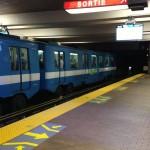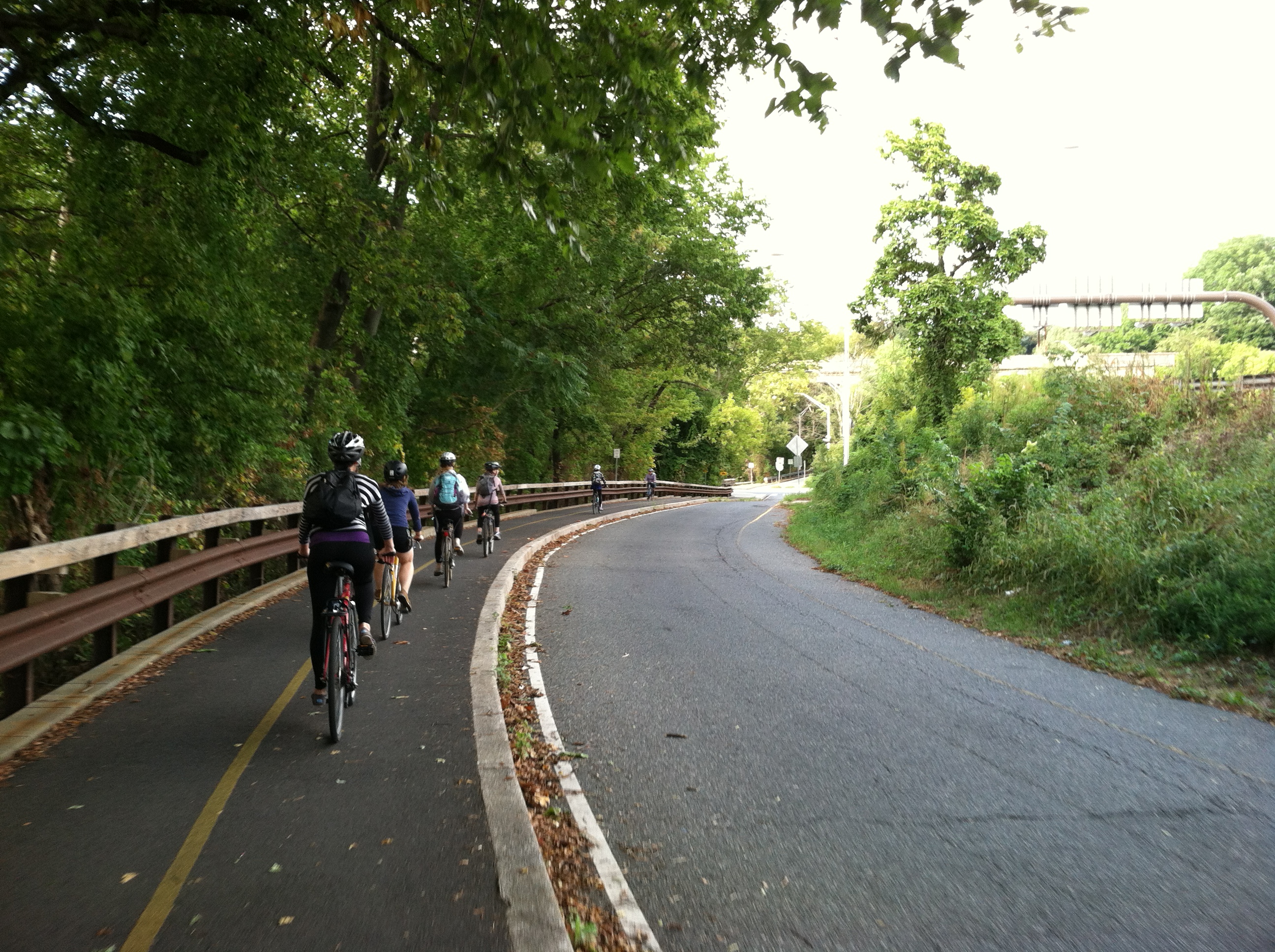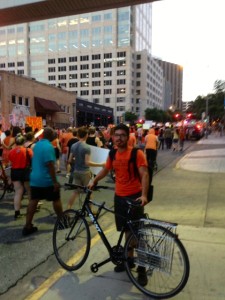- Never be afraid to try public transportation when you visit a new city.
- Toronto’s Union Station
- Micki’s feet.
By Micheline Maynard
Last week, I set off for Canada to do research for the upcoming Curbing Cars book. I decided before I left that I’d try to get around without a car.
You might think that’s a reasonable idea, since Toronto and Montreal have extensive public transit systems. I’ve lived in big cities, after all, such as Tokyo and New York, where I didn’t have a car.
But I usually drive to Toronto, or get a rental car while I’m there. And, because I wanted to see different parts of Montreal, I originally planned to rent a ZipCar for a few hours, only to find the service isn’t offered there.
Instead, I wound up using every kind of non-personal car transportation available to me. It was an experience that taught me how difficult it can be to adjust to living car free, once you’re used to jumping behind the wheel. But many people get along that way. In fact, the number of car free families rose in the U.S. last year for the first time in a half century.
Here’s how my trip went. Continue reading









